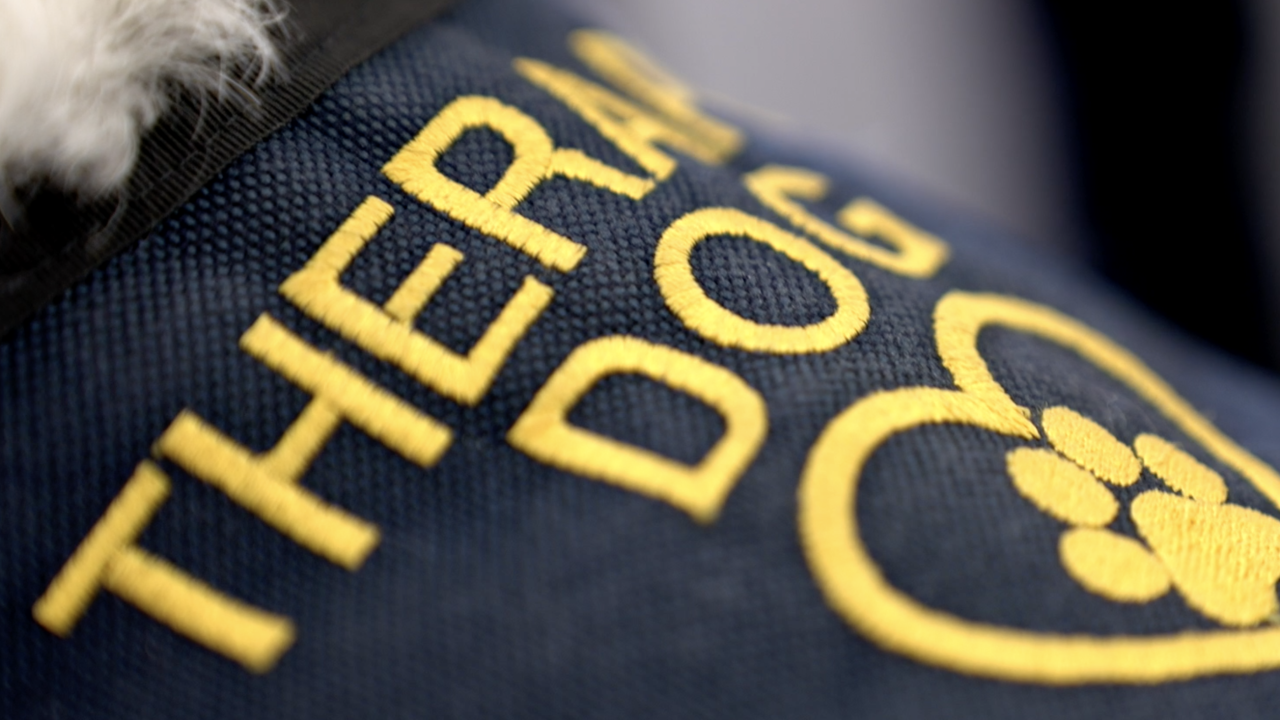SEATTLE, Wash. — Working in emergency services means putting yourself in dangerous situations.
Often, it is life or death, like when a devastating mudslide hit a community north of Seattle in 2014.
“I was deployed to the Oso mudslide about seven years ago and it was a mudslide that killed 40 people,” said Lt. Michael Dulas, with the Seattle Fire Department.
“My role was to help search the mudslide for people. So, we were literally digging, looking for people,” he said.
The weeks-long search effort left an impression on Dulas and hundreds of other first responders.
“We were up there for four 24 hour shifts in a row,” said Steve Yeutter, who works with Dulas at the fire department.
“The most normal part of that day was petting the search dogs at the end of the day,” said Dulas.
The Oso slide and its aftermath inspired Dulas to make a small but significant change within Seattle Fire. The department got dogs.
“Zoe’s a 2-year-old Bernedoodle, so half Bernese mountain dog and half poodle,” said Dulas.
Zoe is Mike’s dog and one of three therapy dogs who have joined the fire department as part of a pilot program. The other two, Hera and Bob, are also owned by Seattle firefighters.
“She’s just being a dog, bringing a smile to people’s faces, being goofy, doing dog things. And dogs are proven to lower your heart rate, lower your blood pressure,” said Dulas
Agencies across the U.S. are looking for a solution to the mental health crisis. Police and firefighters are now more likely to die by suicide than in the line of duty. About 30% of emergency responders will develop behavioral health conditions like depression and post-traumatic stress disorder (PTSD).
“For a number of years, those issues were really under-recognized, and it was just assumed, 'Oh, they’re tough. They see it every day,'” said Chip Schreiber, a clinical psychologist at UCLA who specializes in creating programs to reduce PTSD in first responders.
“Suicide and serious depression are the final common pathway of stress and symptoms that potentiate and then lead to greater conflict in the environment and ability to function in your family,” said Schreiber.
“In ’95, Seattle lost four firefighters in the Mary Pang warehouse fire. One of them was my very best friend. Randy Terlicker was his name,” said Yeutter. “Had a hard time for about 24 hours just even functioning.”
Yeutter has spent three decades with Seattle Fire.
Today, one of his jobs is working as a peer support coordinator, helping firefighters deal with a wide variety of scenarios.
“Possibly line of duty deaths, injuries to firefighters. Some of the other things that might trigger a response might be multi-casualty incidents, or possibly suicides or difficult runs with children,” said Yeutter.
Yeutter and Dulas both say they've had experiences where they wished there was more offered by the department.
“I lost a little brother who was in the Army to suicide. I’ve watched my older brother as a firefighter struggle with PTSD and that’s a lot of my motivation is just I want to take a different path and I want to be well,” said Dulas.
Both say there are more resources available to firefighters today.
“When you feel those reactions when you sick, when you feel stressed, when you can’t sleep for a couple weeks, get out there and ask for help,” said Yeutter.
“I want to see everyone retire healthy, happy, with their families intact and just go have a great life after,” said Dulas.




